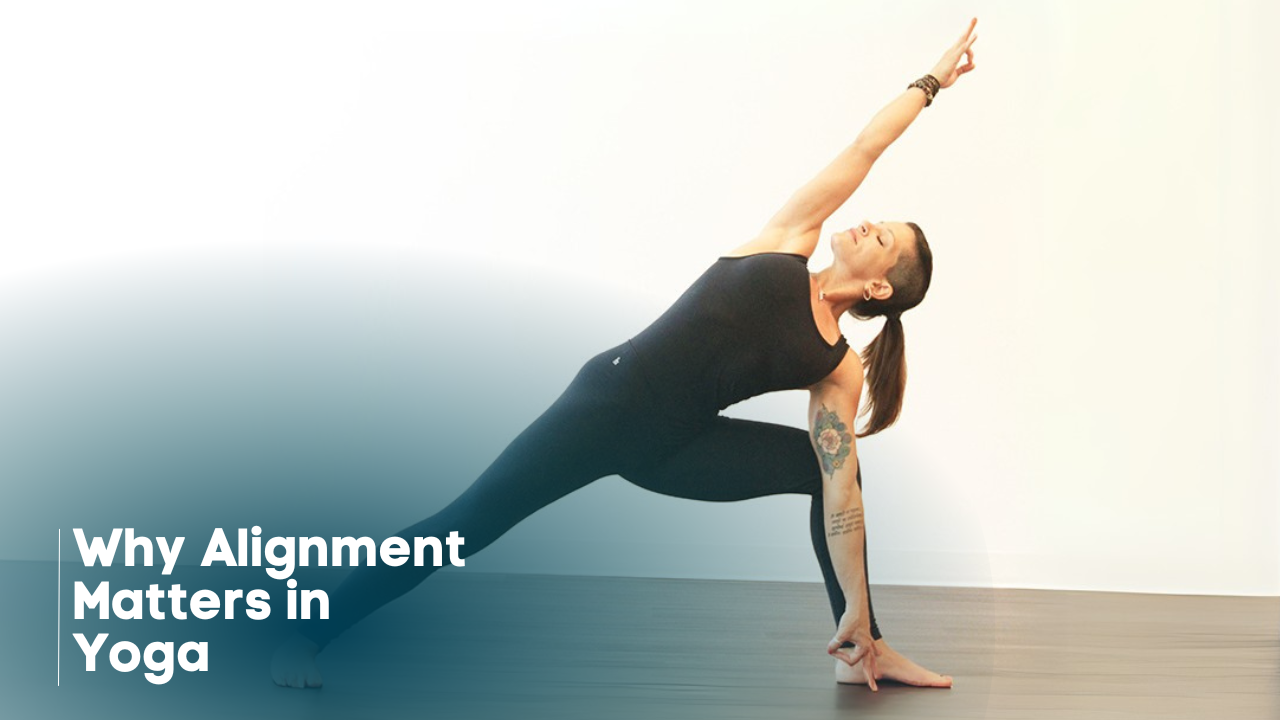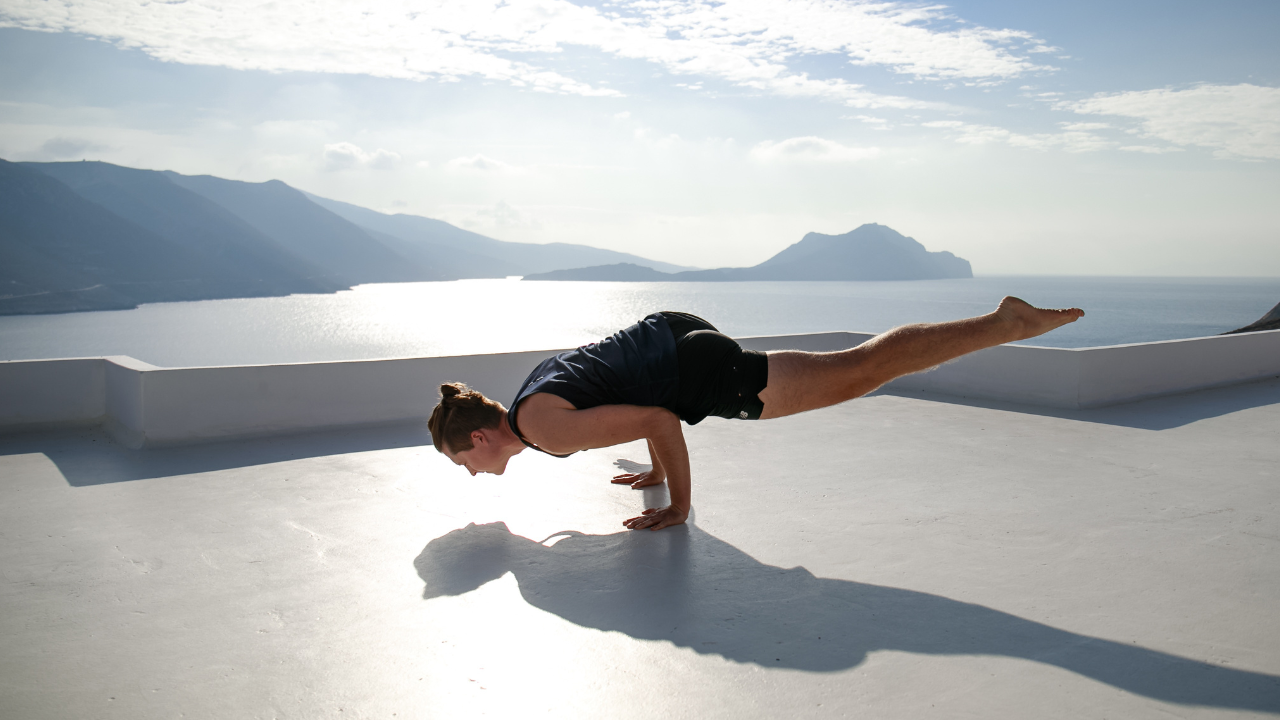Why Alignment Matters in Yoga

In recent years, there's been a lot of debate about alignment in yoga: how important it is, what it really means, and whether you’re doomed to yogi exile if your Downward Facing Dog isn’t Instagram-perfect.
You’ve seen those impeccable poses on social media and, if you're a regular human, you might wonder how close to those shapes you need to be in order to be doing it right!
Does alignment mean picture-perfect poses, or is there more to it?
What is Alignment in Yoga?
In simple terms, alignment in yoga means setting up your body in a way that helps you get the benefits of a pose while keeping your joints and muscles happy. It’s less about achieving a textbook-perfect shape and more about feeling your body engage, lengthen, and support you in the right places.
Good alignment isn’t about aesthetics, it’s about efficiency. When your bones are stacked in a way that supports your structure, even the trickiest poses (like arm balances and inversions!) can feel easier. It’s like a well-balanced stack of blocks versus a wobbly Jenga tower. One is stable, while the other is a disaster waiting to happen.
Adapting Your Yoga Practice to Your Body
Every body is different: different proportions, different strengths, different movement patterns.
So, rather than forcing yourself into a pose that looks a certain way, the goal is to adapt the shape while keeping the intention of the pose intact.
Props, modifications, and variations aren’t cheats, they’re tools for customizing your practice to what your body needs.
Let’s say you’re in Trikonasana (Triangle Pose). Are you sacrificing your spine’s integrity and collapsing your chest just to touch the floor? A block under your hand could make all the difference in creating space and stability.
What about Pigeon Pose feeling more like torture than a stretch? Try a Figure Four on your back instead!

So, next time you're in a pose, ask yourself (or your teacher if you’re unsure!): What is this pose actually supposed to do? Where should I feel it? Because looking cool in class is overrated. Feeling transformation in your body is where it’s at.
Alignment and Safety
Think about how you move through your day. The way you sit, stand, and walk are habits that shape your body over time. Ever noticed how hunching over a screen for hours leaves you feeling like a human question mark? Yeah, not great.
Yoga works the same way. If you consistently misalign your poses, over time, your joints, spine, and muscles will bear the brunt of that strain. One sloppy pose won’t break you, but years of stacking stress in the wrong places? That could be a different story. So, when in doubt, set yourself up well. It pays off in the long run.
Alignment and Stillness of the Mind
Yoga isn’t just about bending, balancing, or flexing into cool shapes. It’s about focus. It’s about the kind of focus that quiets the mental chatter and brings you fully into the present moment.

When you tune into your alignment, feeling where you engage and where you release, you’re not just moving; you’re paying attention. That kind of deep focus? It’s meditation in motion. And eventually, it leads you to what yoga is really about: stillness, breathing, and simply being.
So, is alignment important? Absolutely. But not because it makes your poses prettier. It matters because it makes your practice more effective, more sustainable, and ultimately, more mindful.
And if that means using a block, modifying a pose, or not looking like a human pretzel? Then so be it. Your body, and your practice, will thank you.
Are you overwhelmed by alignment in yoga poses? My No Bullshit Yoga Pose Library breaks down more than 90 of the most commonly cued yoga poses step-by-step, including their alignment and modification options for beginners and more advanced yogis!

